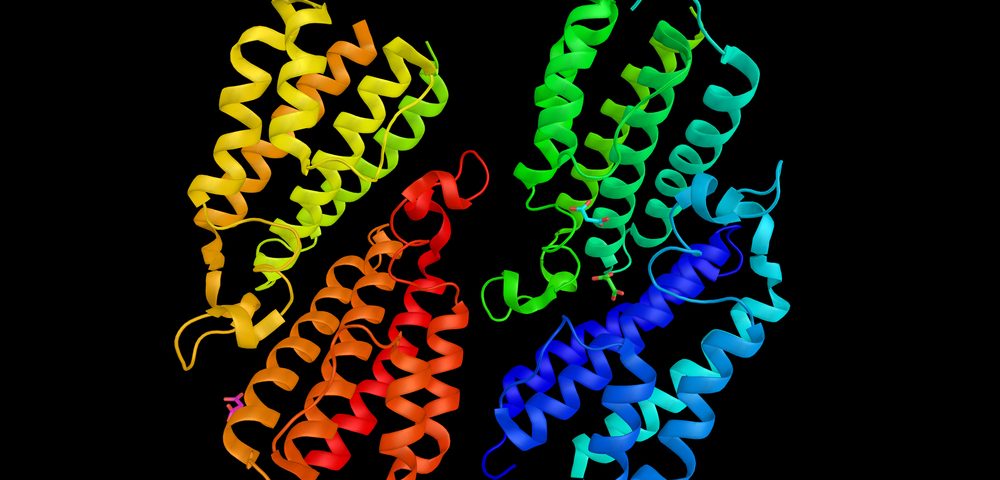Small molecule chaperones may play an increasingly important role in the treatment of lysosomal storage disorders such as Gaucher disease, according to a review published in the journal Neural Regeneration Research.
The article, “Chaperoning glucocerebrosidase: a therapeutic strategy for both Gaucher disease and Parkinsonism,” focuses on the connection between Gaucher and Parkinson’s disease. It suggests that the recently discovered link between the two could speed the development of new therapeutic strategies.
“The research is particularly exciting because such small-molecule chaperones appear to have an effect on Parkinson’s disease,” Benjamin McMahon, first author, and his colleagues wrote. Parkinson’s is much better known among the general population than Gaucher.
Gaucher is caused by mutations in a gene called GBA1, which result in deficiencies in the activity of an enzyme called glucocerebrosidase or GCase. The role of this enzyme is to break down fatty substances. When the enzyme fails to work property, fatty acids accumulate in certain organs and disrupt their function.
Interestingly, mutations in the GBA1 gene may also be linked to Parkinson’s disease. Research has shown that people with Parkinson’s are 2-31% more likely to carry a silent mutation in the GBA1 gene. There also seems to be an inverse relation between the amount of GCase and the amount of a protein called alpha synuclein that forms toxic aggregates in the brain of people with Parkinson’s.
These findings suggest that strategies to increase the activity of GCase could help both Gaucher and Parkinson’s patients.
Currently, the most common approach to treat Gaucher is enzyme replacement therapy, which consists of artificial enzymes being given to patients intravenously. But it’s a costly procedure and requires life-long treatment. In addition, patients may develop an allergic reaction to the enzymes. And the approach is unsuitable for treating neuronopathic Gaucher that includes brain-function problems.
A new approach to restore the function of the GCase enzyme is to use small molecule chaperones that can help the mutated enzyme refold properly. The tiny size of these molecules allows them to pass the blood-brain barrier, a membrane that separates the circulating blood from the brain. This feature indicates that small chaperones may also be effective in treating neuronopathic Gaucher.
Recently, two small molecules called NCGC758 and NCGC607 have shown promise as GCase chaperones. Both compounds have increased GCase activity and reduce fatty acid accumulation in cell cultures.
When NCGC607 was tested in nerve cells derived from Gaucher patients who also had Parkinson’s, researchers noticed a reduction in the level of alpha synuclein. Derivatives of this and other small molecule chaperones could also be a therapy for non-neuronopathic and neuronopathic Gaucher disease as well as for Parkinson’s, the authors concluded.


